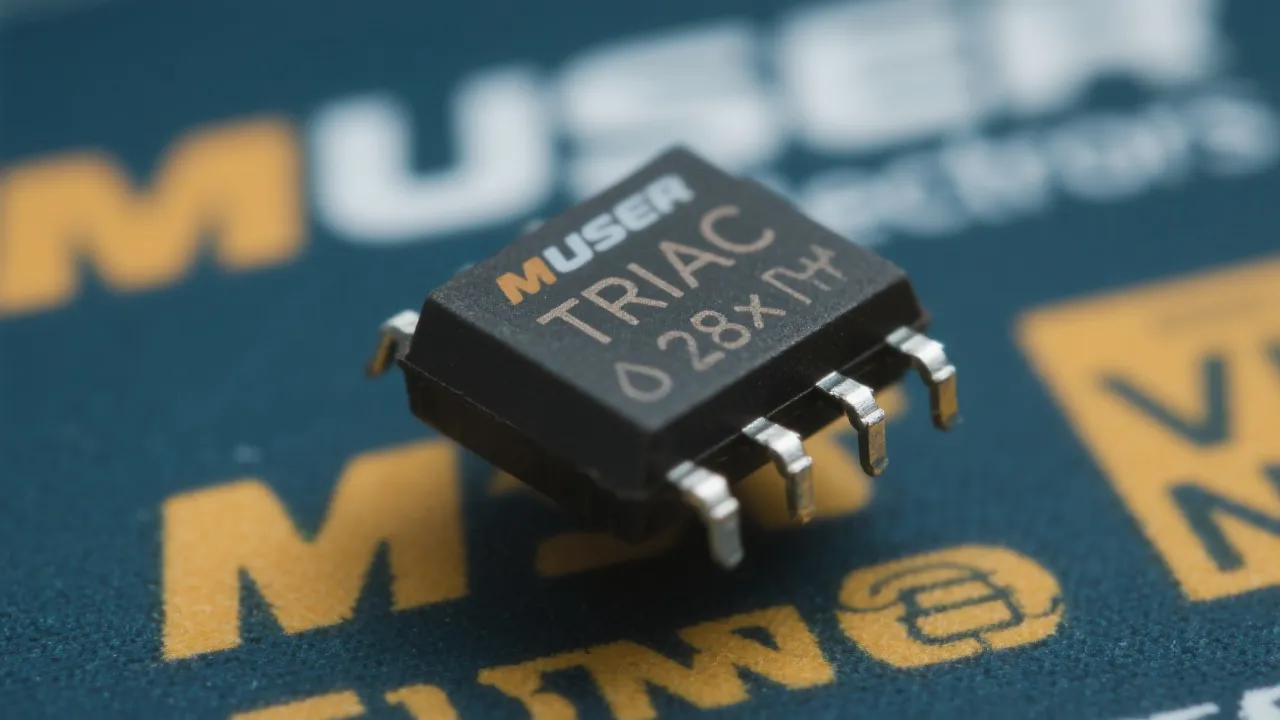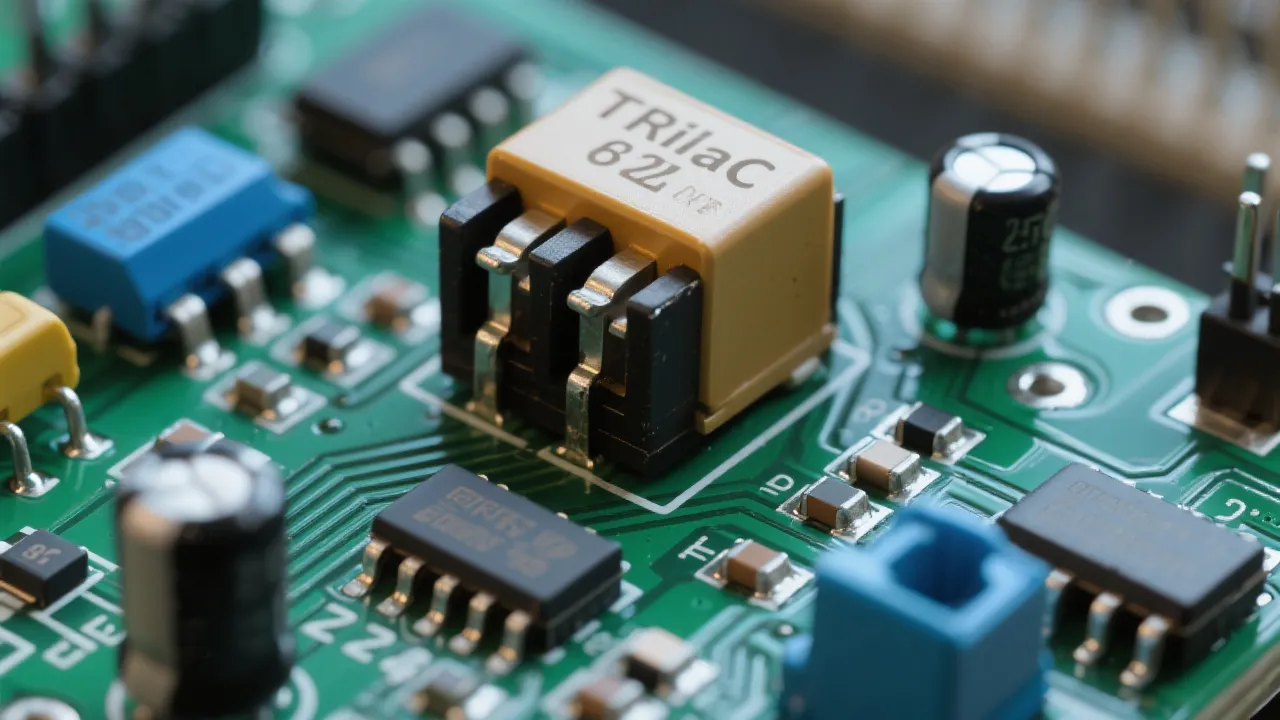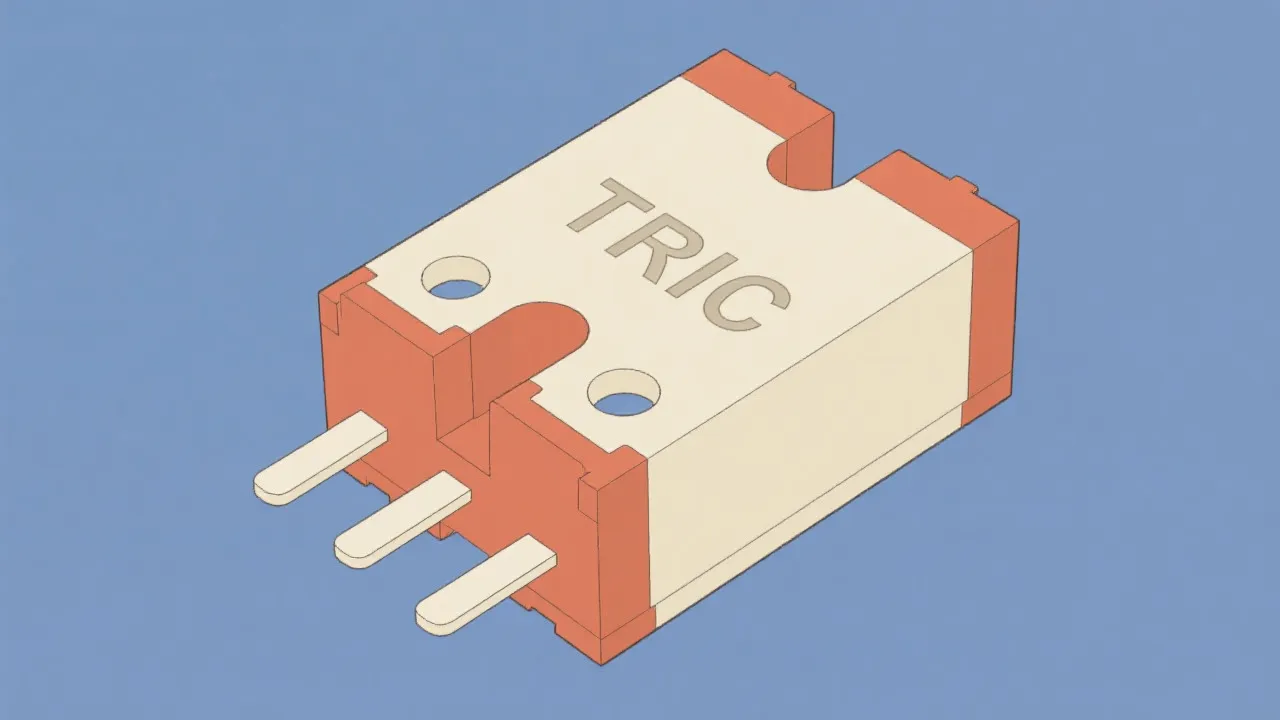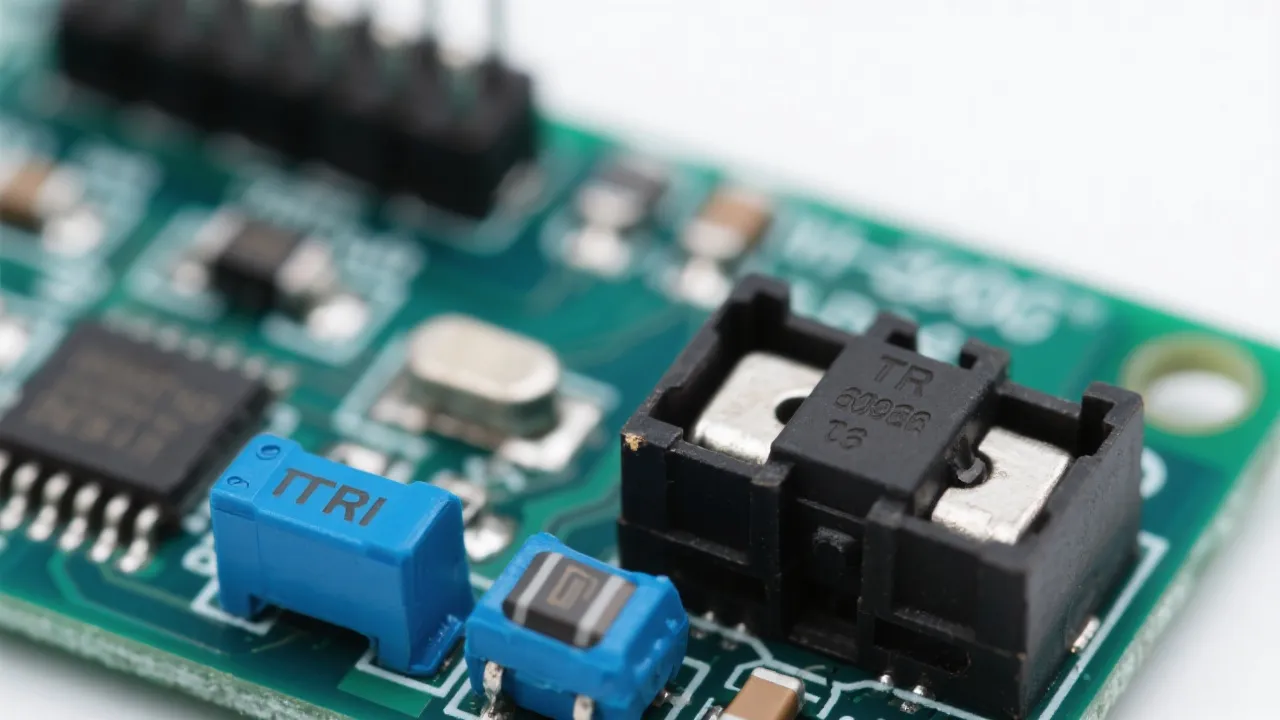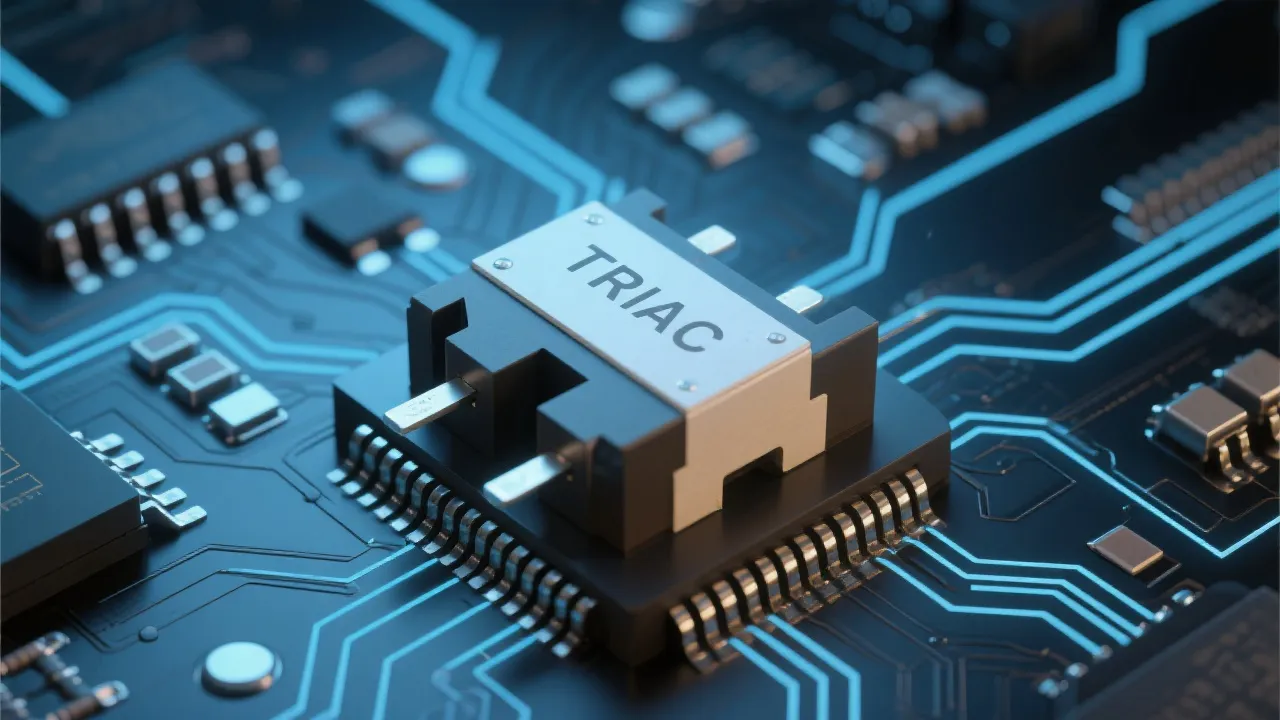Understanding OPGW and Oplat Systems
This article delves into the intricacies of Optical Ground Wire (OPGW) and Oplat systems, innovative solutions in the realm of power transmission. OPGW is a type of cable utilized in overhead power lines, combining grounding functions with fiber optic communication capabilities. Oplat enhances the efficacy of these systems, ensuring robust performance and reliable integration. Discover expert insights, industry applications, and potential advancements within this guide.
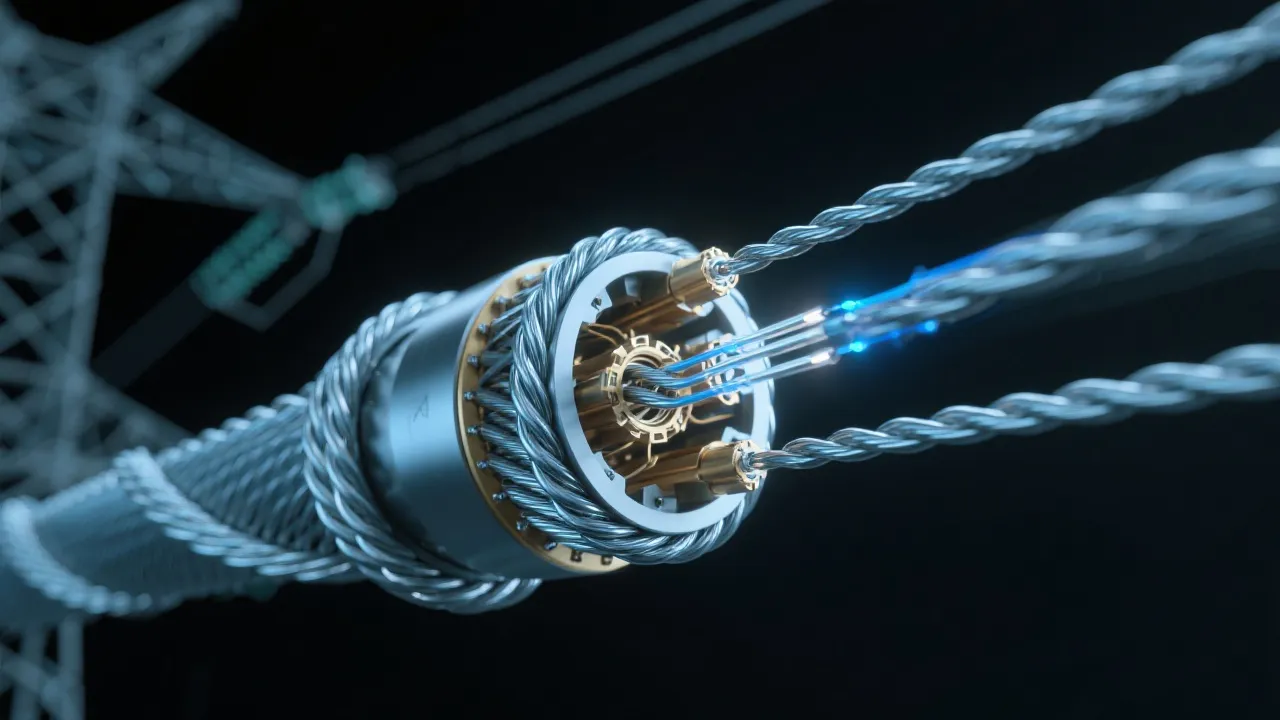
Introduction to Optical Ground Wires (OPGW)
The rapid evolution of technology has paved the way for dynamic solutions in the field of power transmission. Among these innovations, Optical Ground Wire (OPGW) stands out for its dual utility, providing both protection from electrical faults and high-speed fiber optic communication. This intelligent integration of safety and communication positions OPGW as a key player in modern infrastructure upgrades.
As energy demand continues to rise globally, the traditional power grid faces considerable challenges, including aging infrastructure and the need for enhanced communication capabilities. OPGW addresses these issues effectively, as it allows utilities to not only ground their transmission lines, thereby protecting them from disturbances such as lightning strikes, but also to facilitate real-time data transmission that is essential for the operation of modern smart grids. The advantages offered by OPGW are multifaceted, encompassing both infrastructural resilience and the advancement of communication technologies.
Unpacking Oplat: Enhancing Power Line Capabilities
While OPGW serves as a foundational component, Oplat systems are pivotal in augmenting the efficiency and capacity of these installations. Oplat technology ensures seamless integration, optimizing data transfer rates and enhancing the overall structural resilience. As utilities continue to demand higher performance standards, the synergy between OPGW and Oplat proves increasingly indispensable. In particular, Oplat enables utilities to monitor and manage network performance with unparalleled precision, allowing for immediate responses to any anomalies detected within the power system.
By integrating advanced digital technologies, Oplat not only supports traditional data communication but also encompasses Internet of Things (IoT) applications, predictive maintenance analytics, and machine-to-machine communication. This convergence of technologies means that power operators can utilize integrated platforms to conduct operational assessments, forecast demand fluctuations, and ultimately enhance grid reliability. As a consequence, the deployment of Oplat with OPGW will likely be a central strategy in the modernization of extremities in utility providers worldwide.
Detailed Mechanisms of OPGW
OPGW cables typically consist of a central aluminum or steel tube that houses optical fibers. Surrounded by a conductor layer, this configuration offers reliable grounding while facilitating communication across vast distances. Essential in maintaining system integrity, OPGW provides lightning protection and ensures safety from electrical surges. The granularity of these designs is noteworthy; the central tube is designed to withstand environmental stresses while optimizing the placement of optical fibers, ensuring minimal signal loss and high data integrity.
Additionally, OPGW cables are engineered to meet strict industry standards. They are constructed using materials that are resistant to environmental degradation, including UV radiation, corrosive elements, and varying weather conditions. This durability enhances their lifespan and contributes significantly to the overall performance of transmission systems. The incorporation of optical fibers within the OPGW setup further empowers utilities by providing high capacity for data transfer, as these fibers can carry vastly more information compared to copper conductors, effectively future-proofing the communication aspect of power lines.
As global energy needs intensify, OPGW's role in supporting smart grid functionalities becomes more pronounced. Enhanced data analytics and real-time monitoring lead to improved decision-making and operational efficiency, ultimately promoting sustainable energy management strategies. Utilities harness comprehensive data collected from OPGW systems to enhance grid management through more informed energy dispatching, reactive power control, and integrating renewable energy sources. In a rapidly changing energy landscape that incorporates increasing amounts of variable generation resources, efficient information flows enabled by OPGW are more critical than ever before.
Comparative Analysis: OPGW vs. Conventional Ground Wires
| Features | OPGW | Conventional Ground Wire |
|---|---|---|
| Functionality | Doubles as grounding and communication line | Serves solely as grounding |
| Material Composition | Composite of fibers and conductive materials | Primarily metallic conductors |
| Cost Efficiency | Higher initial cost, more benefits | Lower cost, fewer integrated functions |
| Installation Complexity | Requires specialized knowledge for fiber integration | Generally straightforward with basic electrical knowledge |
| Performance Longevity | Designed for long-term, with high reliability under stress | Generally requires more maintenance and upgrades |
Global Perspective on OPGW and Oplat Adoption
With the advent of smart cities and an emphasis on sustainability, OPGW and Oplat are seeing worldwide adoption. Nations are increasingly incorporating these systems within their infrastructure upgrade plans, recognizing the dual benefits of improved communications and enhanced protection. Governments and utility companies alike are investing in smart grid technologies, guided by policy frameworks that promote sustainable development goals, energy efficiency, and resilience in power systems.
Research indicates a significant shift towards these technologies, with systems showing robust performance in varied climates and challenging environments. Utility companies prioritize long-term viability and system integrity, values that OPGW and Oplat successfully uphold. Several international case studies highlight the benefits seen from early adoption of OPGW technology, demonstrating enhanced data transmission speeds and lower failure rates, further influencing global trends towards its implementation.
The increased deployment of renewable energy sources is another key driver for broadening OPGW adoption. As solar farms and wind generation facilities proliferate, these distributed energy resources must efficiently communicate with established grids to optimize supply and demand balances. Utilizing OPGW, which offers both connectivity and grounding, utilities can ensure that their infrastructures can support this transition without compromising stability or customer service.
The Future of Power Transmission Systems
The trajectory of power transmission is poised for transformation as technology like OPGW and Oplat continues to evolve. Developers and engineers are exploring ways to integrate cutting-edge digital solutions that promise improved efficiency and reduced environmental impact. Emerging technologies such as Artificial Intelligence (AI) and Machine Learning (ML) are beginning to play a significant role in predictive analytics applications, improving maintenance schedules, enabling anomaly detection, and empowering utilities to preemptively address potential issues.
Moreover, as cybersecurity threats become an increasing concern for interconnected infrastructure, advanced protocols are being integrated with OPGW systems to protect sensitive data and communication networks from unauthorized access. The necessity for heightened security measures is becoming apparent, particularly as the role of OPGW in the digital transformation of energy systems continues to grow.
Whether through enhanced fiber optic technology, improved materials, or innovative design strategies, the future of OPGW and Oplat remains bright, harnessing the power of advancement to meet the demands of tomorrow's energy landscape. Future designs will likely include developments that enhance data throughput capabilities, reduce physical footprint while increasing strength, and enable easier installation and maintenance. As innovation continues across the sector, one can foresee the integration of OPGW as a standard practice in every development of new power transmission lines.
FAQs
What is OPGW?
OPGW, or Optical Ground Wire, is a type of cable used in power lines that combines grounding capabilities with fiber optic communication. Its dual functionality greatly enhances both security and operational efficiency within power systems.
How are OPGW and Oplat systems used together?
Oplat systems enhance the efficiency and performance of OPGW installations by improving data transfer rates and structural integrity, thus optimizing the transmission of both power and information across the grid.
Why choose OPGW over conventional ground wires?
OPGW provides dual functionality with added communication benefits, which justifies its higher initial cost over traditional ground wires. The integration of fiber optics enables high-speed data transfer, which is essential for modern smart grid functionalities.
Are OPGW systems widely adopted worldwide?
Yes, many countries integrate OPGW and Oplat systems due to their superior performance in enhancing communication and protection in power line networks, reflecting a sector-wide shift towards modernization of utilities.
What are the environmental benefits of implementing OPGW?
Implementing OPGW reduces the need for additional infrastructure, minimizes environmental disruption through streamlined design, and supports the integration of renewable energy sources, thus contributing to a more sustainable energy ecosystem.
Conclusion
The integration of Optical Ground Wire (OPGW) technology marks a significant shift in the landscape of power transmission and grid management. As society becomes increasingly reliant on technological solutions to meet energy demands, OPGW, in combination with advanced systems like Oplat, represents an essential evolution in infrastructure development. This amalgamation not only enhances operational efficiency and communication but also fortifies the integrity and reliability of power grids across various environments.
Moving forward, the necessity for adaptable, innovative, and sustainable energy solutions will command focus on leveraging such technologies, thereby transforming the traditional power grid into a smart, resilient network that can meet the needs of a rapidly changing energy landscape. It is clear that OPGW will play a pivotal role, not merely as a protective measure, but as a transformative element in the quest for sustainable energy solutions worldwide.






